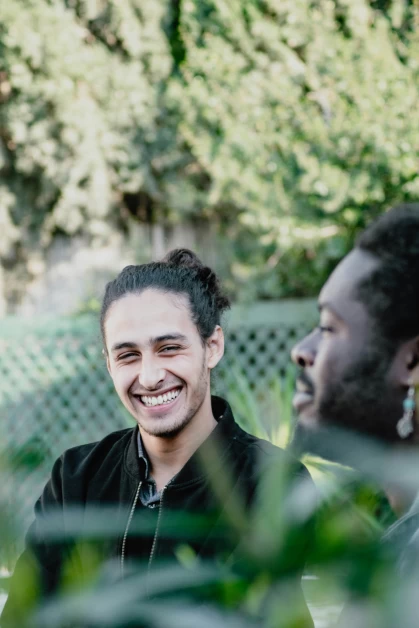Table of Contents
Introduction
Catholic leaders gathered in Baltimore for their annual fall meeting, where they addressed the need for peace in a war-torn world and unity within their own clerical ranks. The meeting took place against the backdrop of recent actions by Pope Francis that highlighted the challenges facing the Catholic Church, including the removal of a conservative critic from his role as bishop and the release of a document conveying a more welcoming stance towards transgender people. Throughout the meeting, the bishops discussed the future of the Catholic Church and its positions on various issues, including women and LGBTQ Catholics.
Catholic Bishops Address Global Conflicts
Archbishop Timothy Broglio, the president of the U.S. Conference of Catholic Bishops, opened the meeting by expressing empathy for those living in conflict zones around the world, from Myanmar to the Middle East. He emphasized the Holy See’s long-standing advocacy for the rights of both Israel and the Palestinians, stating that while Israel has the right to exist, the Palestinians also have a right to a land of their own.
Reflections on the Recent Synod
The Baltimore meeting followed an unprecedented gathering in Rome, where Catholic clergy and laypeople met for 25 days to discuss the future of the Catholic Church. Cardinal Christophe Pierre, the papal nuncio and Pope Francis’ representative to the United States, acknowledged tensions resulting from the synod but encouraged a positive approach. He emphasized the importance of dialogue and the need for bishops to demonstrate the beauty of the church and the Catholic faith through harmonized diversity.
Focus on Pro-Life Activities
In preparation for the upcoming election year, the bishops decided to amend their voter guide, with a particular focus on abortion rights that are expected to drive voter turnout. Toledo Bishop Daniel Thomas was elected as the new head of the committee on pro-life activities, despite San Francisco Archbishop Salvatore Cordileone being a more prominent cultural warrior. The committee’s chair plays a key role in the bishops’ efforts against abortion, which remains a top priority for the Catholic Church.
Critics of the Bishops’ Abortion Strategy
Critics of the bishops’ strategy on abortion, such as Jamie Manson from Catholics for Choice, found the selection of Bishop Thomas ironic. Manson pointed out that Catholic groups in Ohio had recently spent a considerable amount of money fighting against abortion access, only to have Ohio voters enshrine abortion rights through a ballot amendment. Manson believes that the bishops’ continued focus on abortion is a losing strategy.
Bishops Maintain Stance on Abortion
Despite shifting political landscapes on abortion, Archbishop Broglio affirmed the bishops’ determination to maintain their efforts. According to Broglio, ending innocent human life is not acceptable, and the bishops will continue to influence voters to vote against abortion.
Divisions within the Catholic Church
The recent synod process has revealed divisions within the Catholic Church. On one side are those who support Pope Francis’ vision of a more inclusive and welcoming church. On the other side are conservative critics, including many U.S. bishops, who believe it is essential to uphold current teachings on gender and sexuality. In recent weeks, Pope Francis has made decisions that have put him at odds with some of his conservative critics. He moved the church closer to welcoming transgender people and removed Bishop Joseph Strickland, an outspoken critic of LGBTQ inclusion, from his diocese in Texas.
Support for Bishop Strickland
Bishop Strickland, who was removed from his role by Pope Francis, continues to have support from some members of the Catholic Church. A rally in support of Strickland is scheduled to take place in Tyler, Texas. Strickland himself has expressed his hope that his message will be taken up by someone else, despite his voice being removed from the bishops’ meetings.
In conclusion, the Catholic bishops’ annual fall meeting in Baltimore addressed the need for peace in a war-torn world and unity within the Church. The meeting highlighted divisions within the Church and the challenges faced by Pope Francis in implementing his vision of a more inclusive church. The bishops also discussed their pro-life activities and their determination to influence voters on the issue of abortion. The removal of Bishop Strickland from his role and the ongoing support for him demonstrate the ongoing tensions within the Catholic Church.

